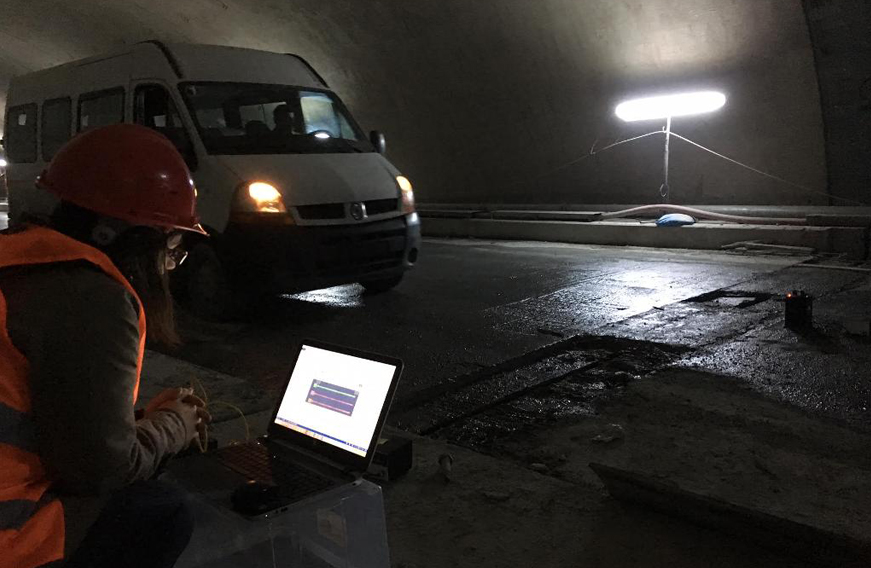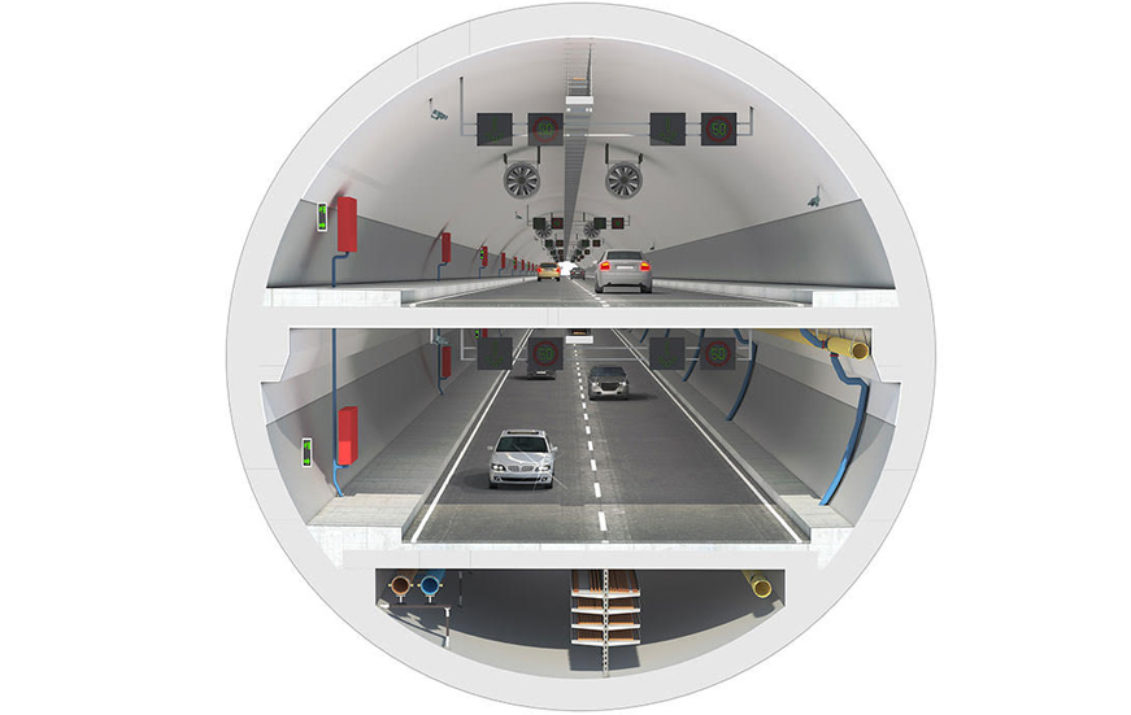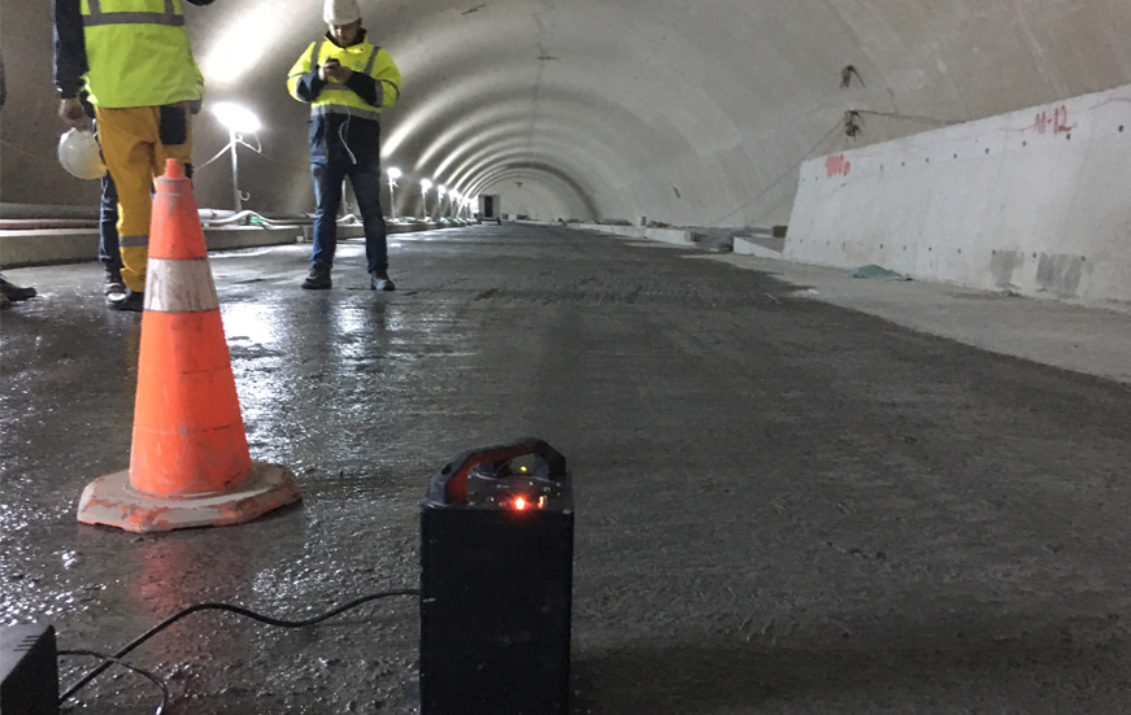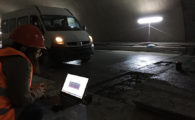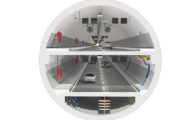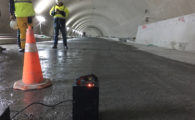Eurasia tunnel is an underground tunnel that connects the European side of Istanbul to the Asian side, stretching from one continent to the other. The deepest point of the tunnel is 107m from the sea level. The tunnel consists of a 3.4km long TBM portion and total of 2km long NATM sections. The tunnel has two decks, creating three parts inside the tunnel. The upper deck is used by two lanes from Europe to Asia while the lower deck is used by two lanes from Asia to Europe. The lower part of the tunnel is used a a service duct.
The upper deck of this tunnel structure is one of its kind since it is the only known floating deck in a TBM section, with such a large diameter (14m) and with such close proximity to a major fault (less than 10km distance to the Marmara Sea section of the North Anatolian Fault). The deck itself is quite slender with 12m span length and only 34cm of section depth. The vibrations of the deck during heavy traffic were thus of major concern.
Senso designed vibration pads on which the deck sits. The vibration isolation pads run over the corbels that support the deck, and these corbels are attached to the TBM section.
The main goal of the project was to make sure that the motorists do not feel the vibrations when passing over the deck. ISO vibration comfort standards are used for the design. Senso also designed a test procedure and verified the design after the construction, prior to the inauguration of the tunnel.

